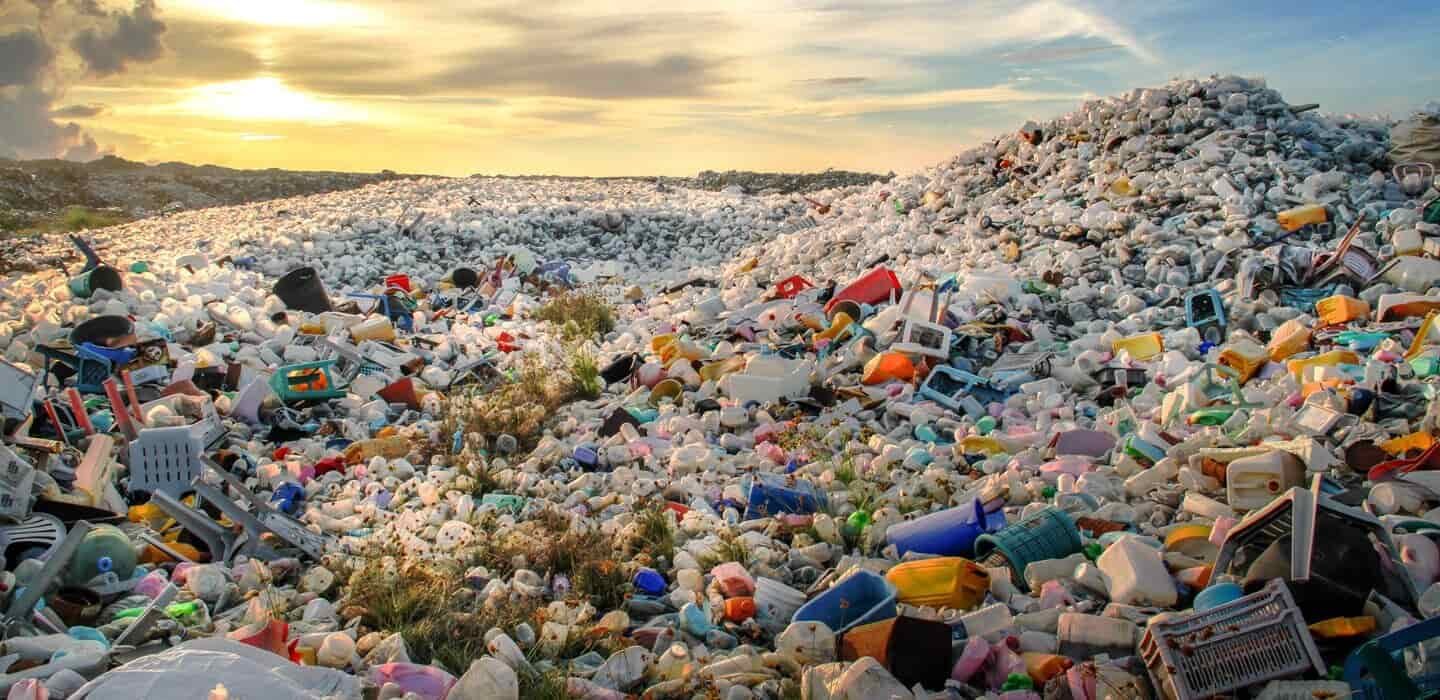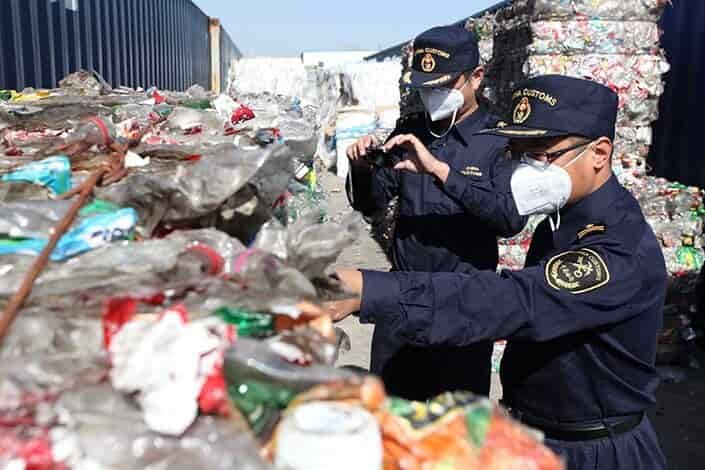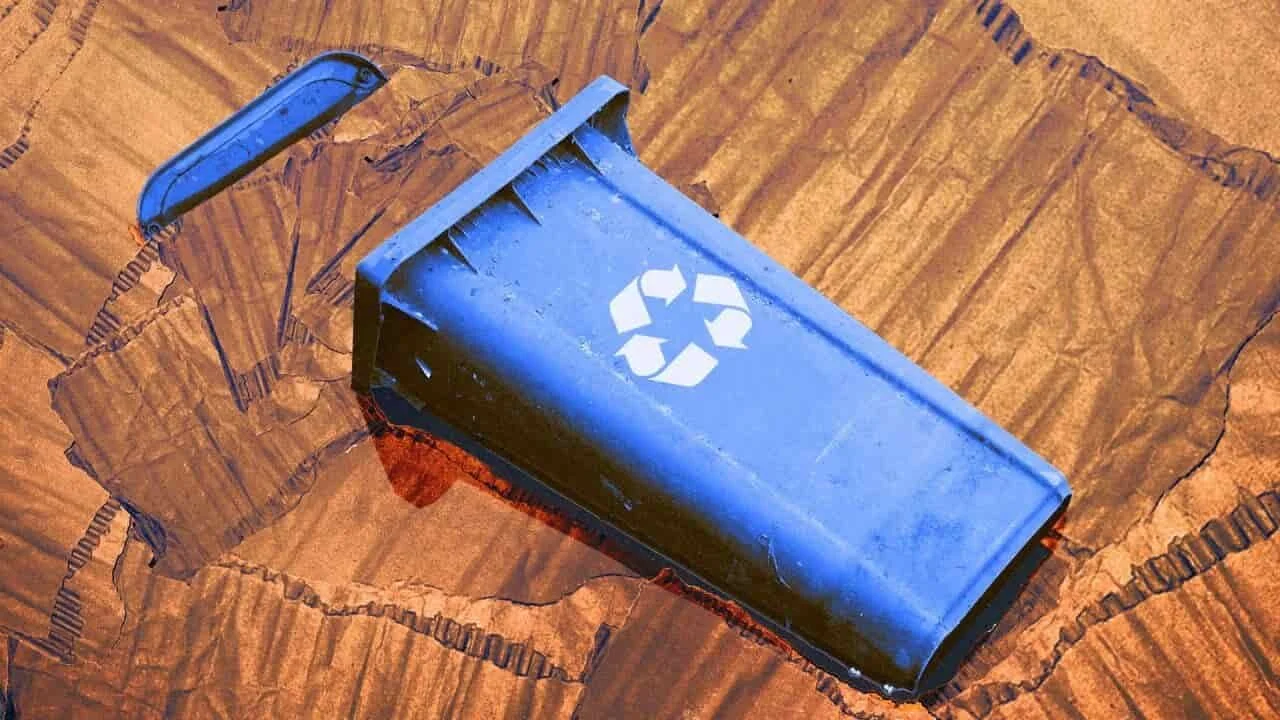What is a smart waste bin and why is it important?
A smart bin, is a connected waste or recycling bin that is able to monitor how full it is in real-time. The smart bins communicate with a janitor and sends an alert to them when the bins become full.
The data that is collected from the smart bins help establish a waste and recycling baseline. This baseline is where sustainability teams can work from to generate waste reduction programs and monitor results.
Trash can in the 1950's
In the last 100 years, the way we dispose of our waste has not changed. But now that waste is at an all-time high, it’s time that we use modern solutions to manage our waste. That’s where Smartbin.io comes in.
The rapid rise in our global population has not made the waste industry any smaller. More people means more consumption, which means there’s more waste to deal with. As long as our consumption habits persist, cities and businesses can expect waste management to become a bigger and bigger problem — unless we start using technology to improve our waste management systems.
At the moment, the average rubbish bin or trash can is just a hunk of metal or plastic. We don’t really know what — or how much — goes where.
The waste and recycling industry is an old and dirty business, ripe for change. Despite the technological revolution overturning industries around the globe, waste management remains a paper-driven dinosaur of an operation.
Contamination: The number-one issue in waste management
If you ask anyone in waste management (and we’ve asked many waste management teams) what the largest industry-wide pain point is, they will all say it’s contamination.
Contamination is when waste materials end up in the wrong place. This often happens with coffee cups. Coffee cups are lined with a waxy coating that ensures your drink doesn’t ooze out five minutes into your morning commute. Many well-intended people dispose of these cups in recycling bins. But coffee cups aren’t recyclable. They thus contaminate the bag of recyclables, as the entire bag can’t go to a recycling plant.
Multiply this scenario by all the other things that end up in our recycling and you get a mixed bag (literally) full of things that simply don’t belong. And, what happens to recycling bins/bags that are contaminated?The entire bag goes to the landfill.
There are a ton of statistics out there illustrating how bad this problem really is. In the US alone, a whopping $11.4 BILLION worth of recyclables end up in landfills every year.
Contamination is the single point of failure for our recycling systems worldwide.
All that recycling, gone to waste.
In 2018, China enacted its “National Sword” policy which banned all imports of certain recyclables that were being shipped over to them for processing. Not many know this, but at one point China was processing over half of the world’s recyclables. Countries like the US, Canada, the UK, and Australia relied on China to process a majority of their recyclables. These countries were used to packing their waste into containers and shipping them halfway across the word, which was their idea of a sustainable waste management solution.
Not only was there a lot of plastic coming in, most of it was too contaminated to recycle.
The “National Sword” policy also banned the import of contaminated trash. This policy poked holes in waste management systems across the globe. Within a matter of days, recycling facilities and landfills reached capacity.
In North America, we have not built the infrastructure required to manage this new massive influx of recyclables that we can’t ship anymore. The result? Recycling facilities have an oversupply of low quality plastic that no one is buying. Nowadays, significant recyclable waste is “managed” by being burned or buried.
Because we are terrible at recycling properly, the recyclables that are collected by waste haulers requires a lot of sorting. The extensive sorting increases the production costs of recycled plastic pellets.
As a result, buying and using recycled materials is not a cost-effective option. Until the costs of these recyclables are less expensive than raw and precious natural plastic provided by the oil companies, then no corporation in their right mind would make the decision to spend 50% more per product just to say it’s made from recycled plastic. This problem boils down to contamination.
Smart bins can fix a broken system
Recycling can and will be saved.
By bringing data to the root of how we manage our waste and recycling we give life to a supply chain full of transparency and accountability. Only data can help deliver answers to the questions around our supply chain. The future is bright and it may give life to a new city where every building reports transparently and with confidence on their waste and recycling generation with zero contamination!
If we can give businesses and cities the tools and insight that will enable them to be better at recycling, the resulting effects down the supply chain will alleviate most of these costs. If every bag of recycling generated by our customers was uncontaminated, recycling management would require less sorting, lowering the price of recycled plastic bales.
The waste and recycling management supply chain begins with garbage bins. This is the first place our waste/recycling goes. Because of this, bins in commercial buildings like airports, universities, offices, shopping malls, stadiums, and hotels need to be updated.
Research with facilities management teams shows that, when it comes to waste and recycling, they strongly prioritize waste diversion. At the end of each year, facilities receive a waste diversion score based on how well they manage their waste/recycling. The idea is to divert as much waste from landfills as possible.
These sustainability teams are trying their best. They initiate sustainability programs all year, hold webinars, send email blasts to staff and tenants, install signage above waste and recycling bins, and sometimes even stand by the bins all day to teach people how to recycle properly.
How are these organizations supposed to design effective programs to track their progress if there is no way to measure their waste and recycling?
How smart bins help with waste management
Smartbin.io Analytics Platform
The saying goes you can’t track what you don’t measure — and the same applies to our waste and recycling. Since the dawn of humankind, data has been the tool best used to address some of the world’s toughest problems. Why not this problem?
The reason why we scratch our heads when we find waste in our oceans is because there is no way for us to track where it came from. No data trail means no real understanding of the cause. If our waste/recycling bins are smart, we can create digital twins via data they generate. We can equip cities with the tools they need to pinpoint exactly how much waste/recycling is generated in each building of every block. We can ensure that the recycling that is generated by our citizens is of the highest quality. To address the problem at its core, we need the data.
1. Track how much waste/recycling is generated. Every Single Day.
Since they track their capacity and the kind of waste/recycling in the bin, we can track how many bags or liters of waste are generated every single day.
Sustainability teams that implement new waste reduction strategies can compare one month’s data to the next to see your progress in real-time. This enables you to test new strategies. When it comes time to write your ESG or CSR reports , Smartbin.io gives you granular data that you can trust.
Smart bins enable sustainability teams to reach their waste diversion goals and be better at recycling.
2. Facilities staff spend less time sticking their heads in empty trash cans.
At present, staff at facilities around the world have to dunk their heads into bins to see if they are full or not. For an airport cleaning team that manages over 1,500 of these bins, this can be a very time consuming task, not to mention a smelly one.
It’s also a wasteful task. Staff do rounds according to predetermined schedules to collect waste and recycling. This results in bins being emptied before they are full because the staff don’t know whether the bins will overflow between scheduled collection times. This means that bin liners and garbage bags are routinely wasted.
“Every project that we have done so far has shown that staff are collecting empty bins half the time. For an airport, that’s over $30,000 of plastic bags alone being wasted every single year.”
— Hamoun Karami — Co-Founder & CEO @Smartbin.io
3. No more overflowing bins ever again.
Nothing hurts your brand more than overflowing bins in your buildings. Besides being an eyesore, it’s a potential health hazard. Smartbin.io notifies the correct cleaning staff before your bins start to overflow. This ensures your spaces are kept neat and tidy and improves tenant/customer experience.
It’s obvious that current waste management solutions are no good. They are ineffective, inefficient, and unsanitary. Smartbin.io is tackling this problem one bin at a time.
Our ambitious product development roadmap includes the addition of machine learning and computer vision in 2023 — which will provide even more data about what the bins eat — as well as solar powered options. We hope that our efforts will make a net positive impact on the planet, offering us much-needed data, accountability, and transparency throughout the supply chain.
To better recycling habits .
The Smartbin.io Team








